Croaking Cisticola
Posted: Sun Mar 16, 2014 4:33 pm
678. Croaking Cisticola Cisticola natalensis (Groottinktinkie)
Order: Passeriformes. Family: Cisticolidae
Description
13-17 cm. A large, bulky Cisticola with a thick bill. It is grey-brown above, heavily streaked with black. The underparts are whitish, and the tail is broad, pale-tipped and flicked frequently, shorter tailed when in breeding plumage. It has a chestnut wing-panel and a heavy bill. Note lack of rufous in the head markings and well marked back.
Distribution
Across much of sub-Saharan Africa, with one population in West Africa from Gambia to Gabon, and another extending from Ethiopia through Tanzania, Zambia and Angola to southern Africa. Here it is locally common in eastern SA and Mozambique, widespread in Zimbabwe.
Habitat
Grassland with scattered bushes, grassy hillsides. Generally shy, but uses prominent perch when displaying or giving alarm calls.
Diet
It mainly eats invertebrates, gleaning prey from the undergrowth and bare soil.
Breeding
It builds an oval or ball-shaped framework with a side entrance from living grass, which it then fills in with dry grass. It is typically placed in a large tuft of green grass close to the ground surface. It may build several nests in total, but it only uses one in the end. Egg-laying season is from October-March. The chicks are fed a variety of insects, staying in the nest for about 14-15 days.
Call
A froglike croaking breep-breep song. Listen to Bird Call.
Status
Common, localised resident.
Order: Passeriformes. Family: Cisticolidae
Description
13-17 cm. A large, bulky Cisticola with a thick bill. It is grey-brown above, heavily streaked with black. The underparts are whitish, and the tail is broad, pale-tipped and flicked frequently, shorter tailed when in breeding plumage. It has a chestnut wing-panel and a heavy bill. Note lack of rufous in the head markings and well marked back.
Distribution
Across much of sub-Saharan Africa, with one population in West Africa from Gambia to Gabon, and another extending from Ethiopia through Tanzania, Zambia and Angola to southern Africa. Here it is locally common in eastern SA and Mozambique, widespread in Zimbabwe.
Habitat
Grassland with scattered bushes, grassy hillsides. Generally shy, but uses prominent perch when displaying or giving alarm calls.
Diet
It mainly eats invertebrates, gleaning prey from the undergrowth and bare soil.
Breeding
It builds an oval or ball-shaped framework with a side entrance from living grass, which it then fills in with dry grass. It is typically placed in a large tuft of green grass close to the ground surface. It may build several nests in total, but it only uses one in the end. Egg-laying season is from October-March. The chicks are fed a variety of insects, staying in the nest for about 14-15 days.
Call
A froglike croaking breep-breep song. Listen to Bird Call.
Status
Common, localised resident.
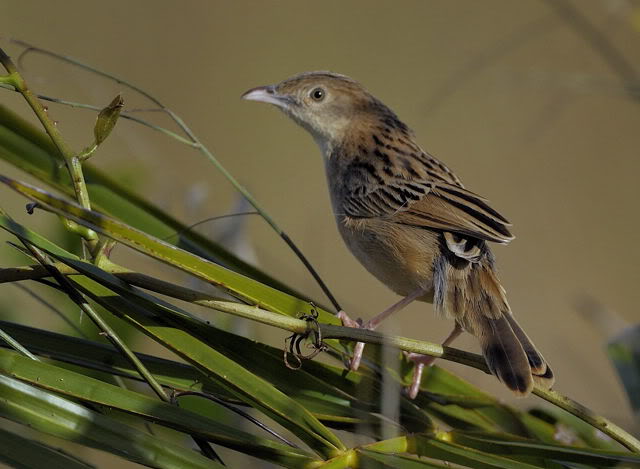
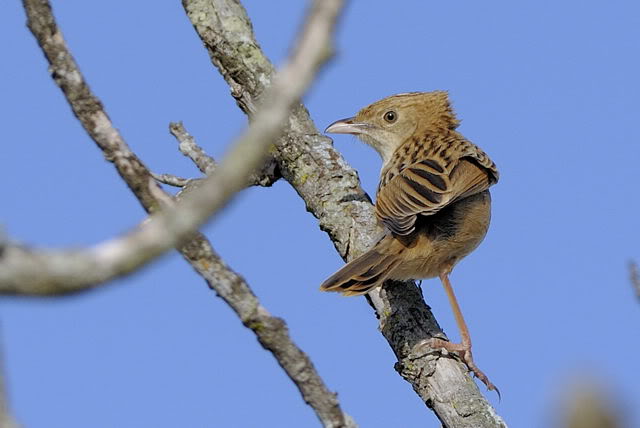

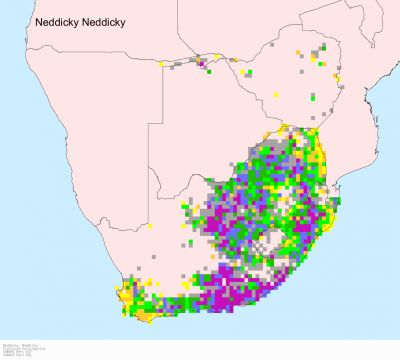
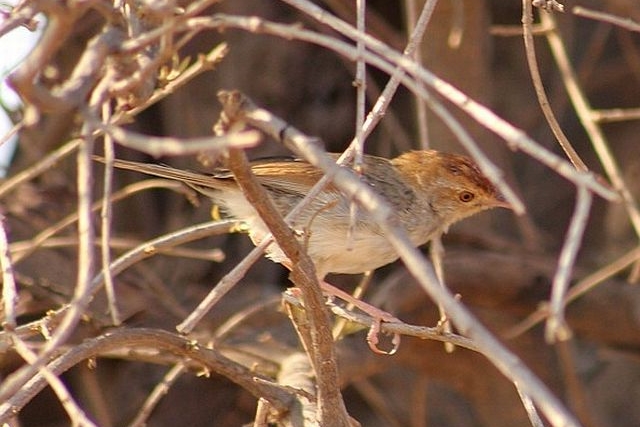 © Amoli
© Amoli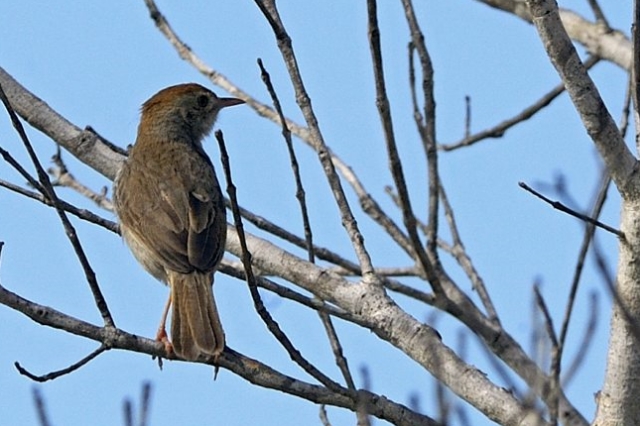 © Dewi
© Dewi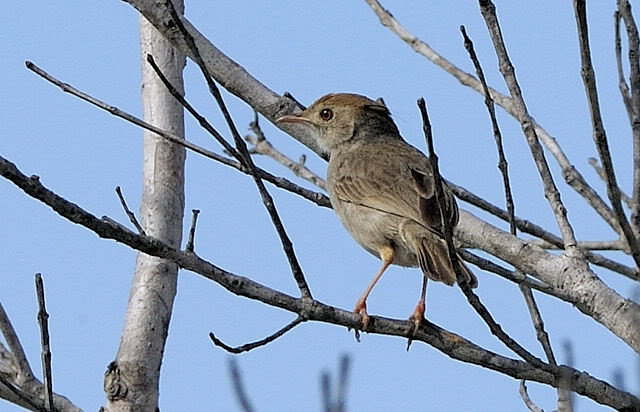 © Dewi
© Dewi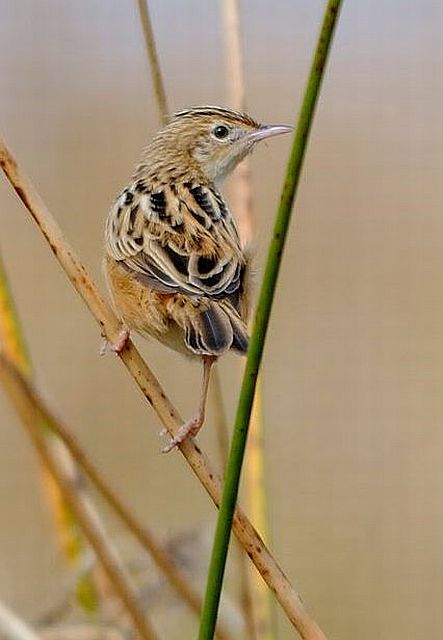 © Dewi
© Dewi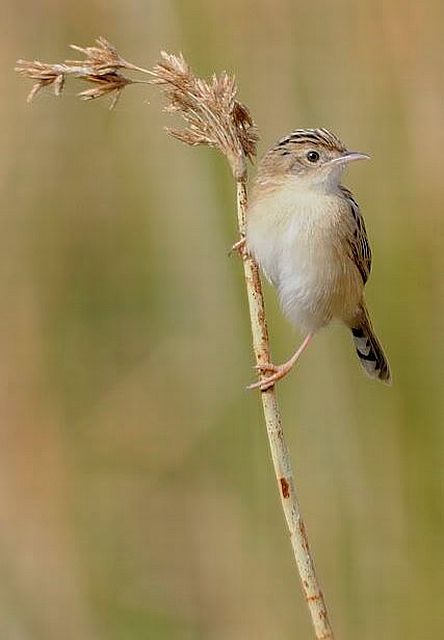 © Dewi
© Dewi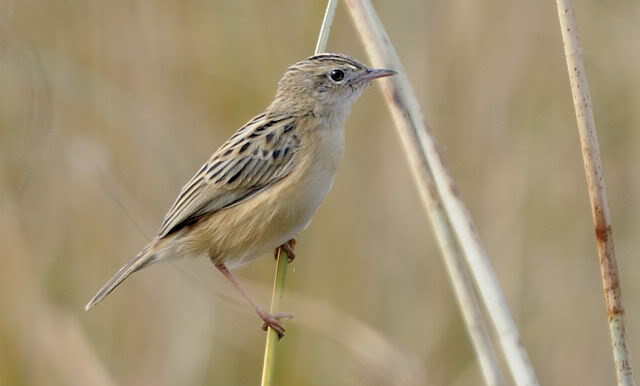 © Dewi
© Dewi © nan
© nan © nan
© nan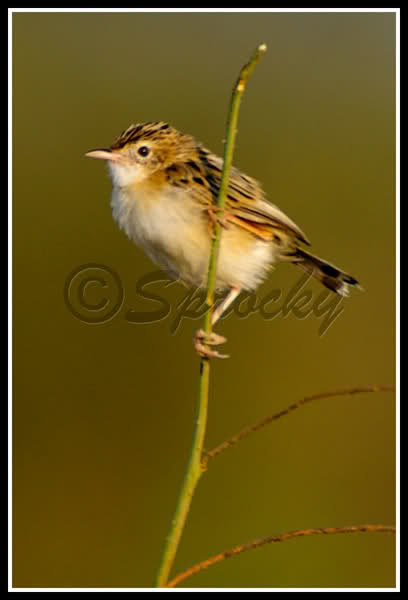 © Spricky
© Spricky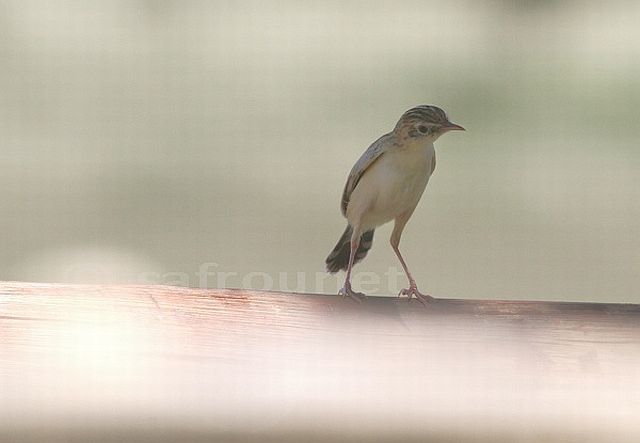 © nan
© nan © Michele Nel
© Michele Nel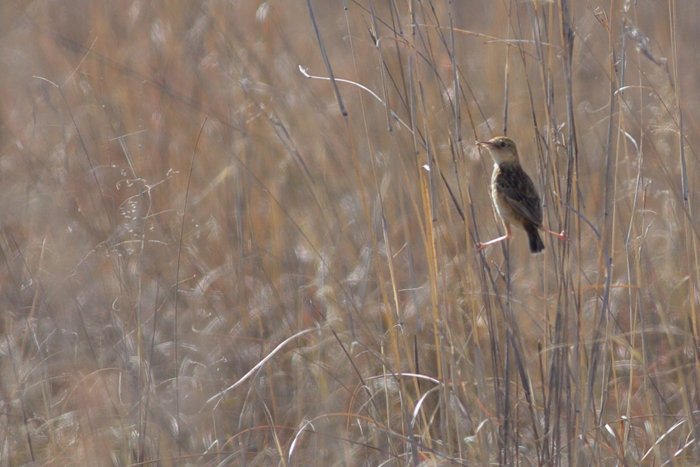 © Puff Addy
© Puff Addy